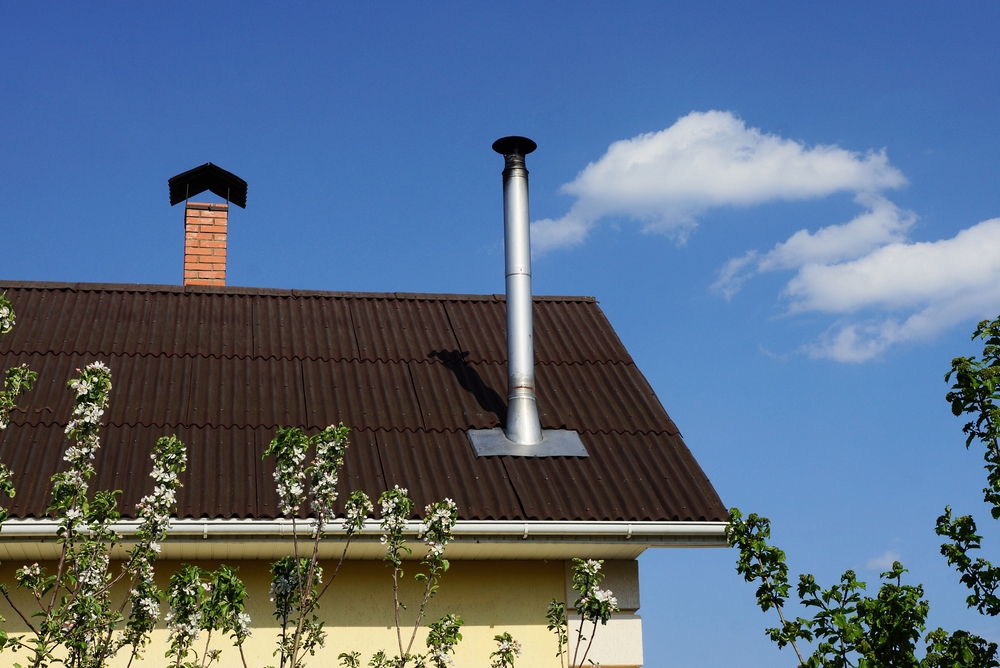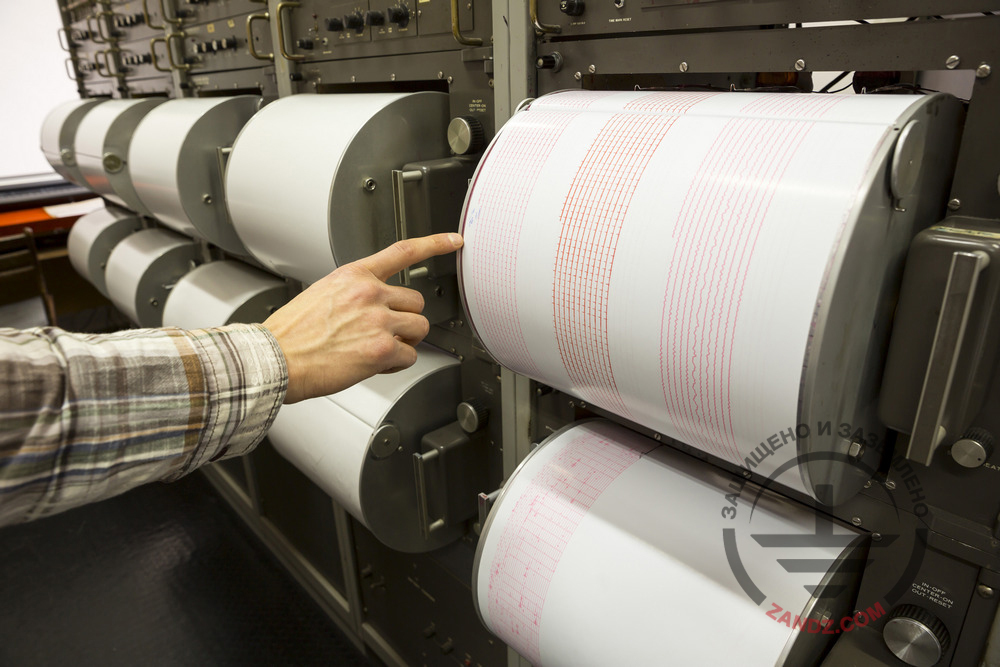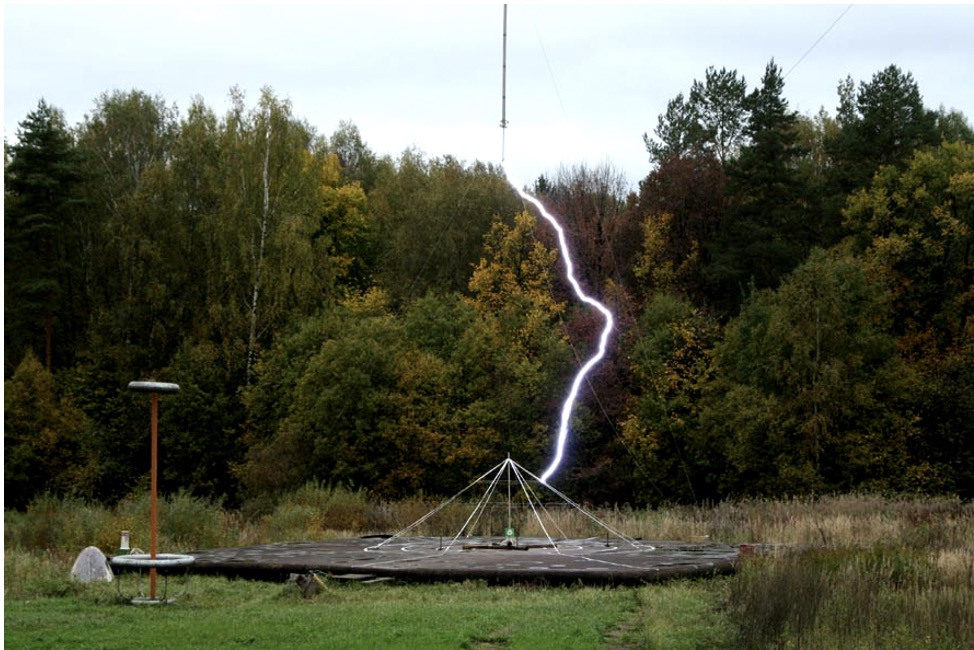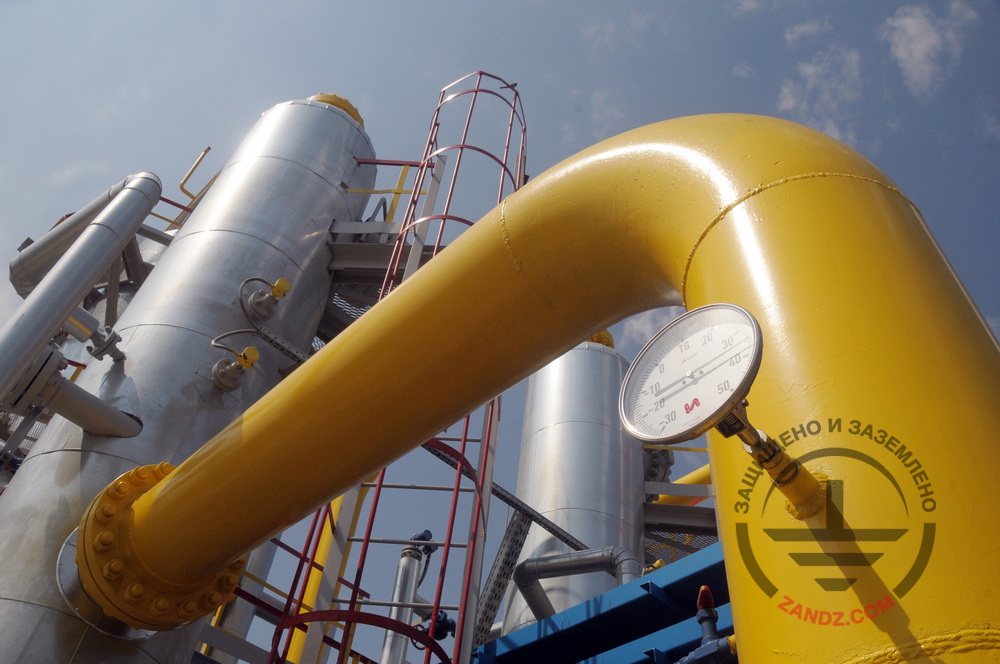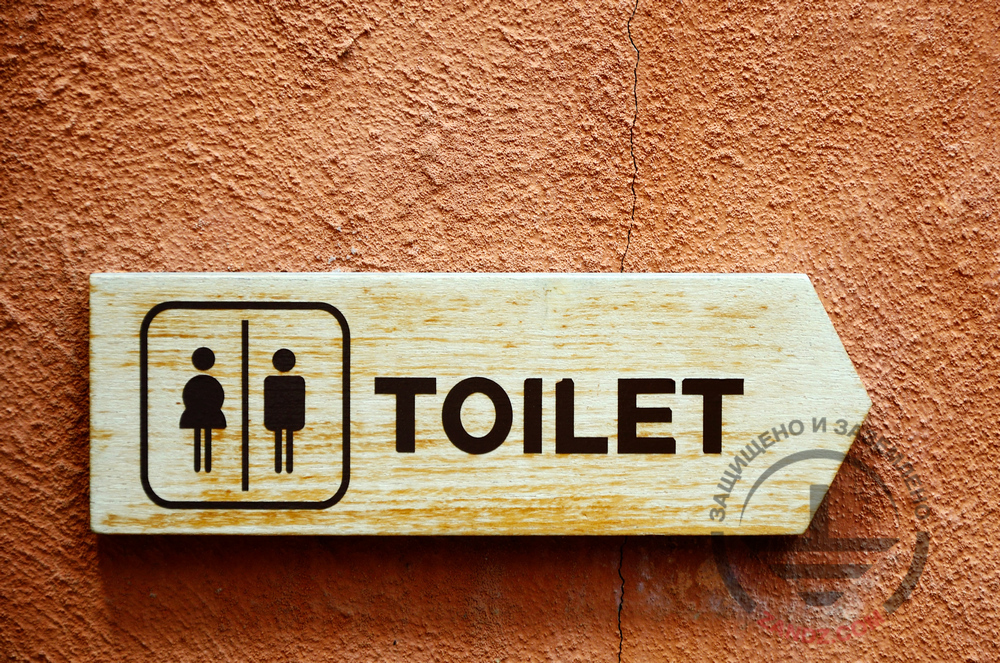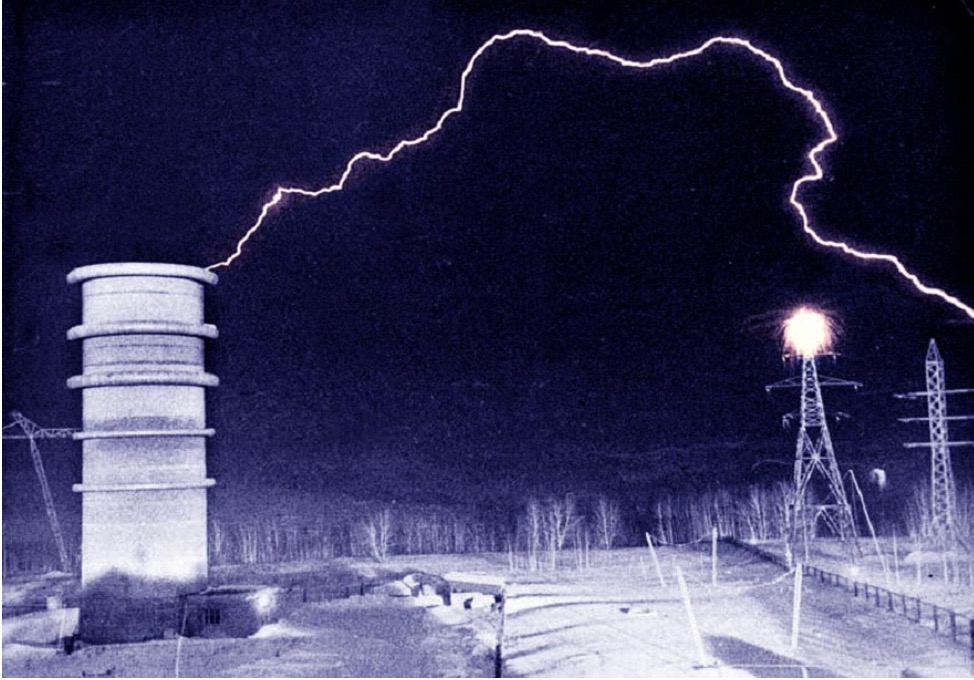
ZANDZ Technical Center has received a question that has resulted in this small article. We are sure that the answer to this question will promote making the right decision when designing lightning protection for critical structures.
Question:
"Please tell me how to determine if a lightning arrester is standalone (according to SO153.34.21-2003). The mast with the lightning arrester is spaced from the protected facility and its grounding device for not more than 4 m. I think that, in this situation, the path of the lightning current (or a part of the lightning current) will go through the grounding device of the protected facility, and such lightning arrester cannot be considered standalone. Is there a regulatory standard for this situation? Is my opinion correct?
According to definition provided in SO 153.34.21-2003, a standalone lightning arrester is a lightning arrester, the current collectors and the lightning rods of which are arranged such that the lightning current path would not be in contact with the protected facility. According to the same document (item 3.2.3.1), we cannot combine grounding device of the standalone lightning arrester with the grounding device of the facility.
But what if a part of the lightning current can flow through the protected facility or its grounding device, then such lightning arrester is considered a lightning arrester installed on the protected facility, according to SO 153.34.21.122-2003.
How can I understand whether the lightning current taken by the lightning arrester installed on the mast will flow across the grounding device of the facility (which is, e.g., located several meters from the mast)? And, respectively, should I combine the grounding device of the lightning arrester with the grounding device of the facility?”
Follow the link to read the answer of the engineer from the ZANDZ Technical Center.
Related Articles:

